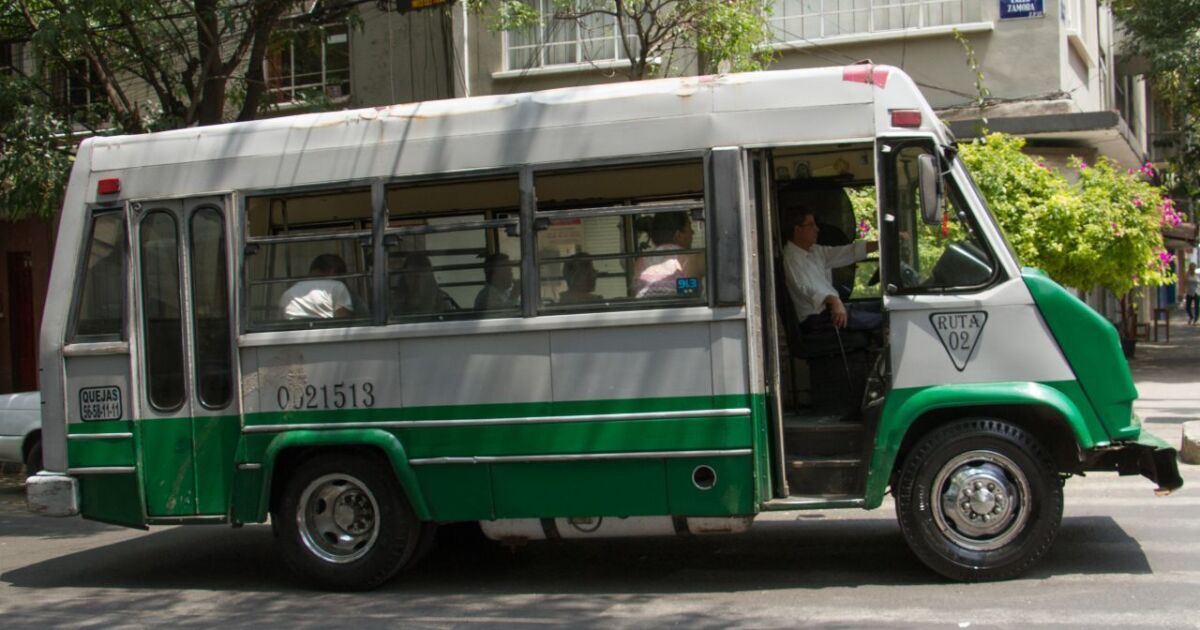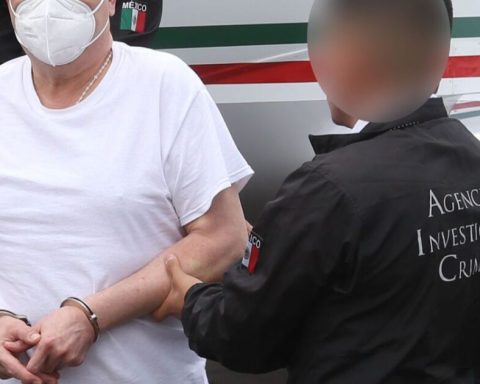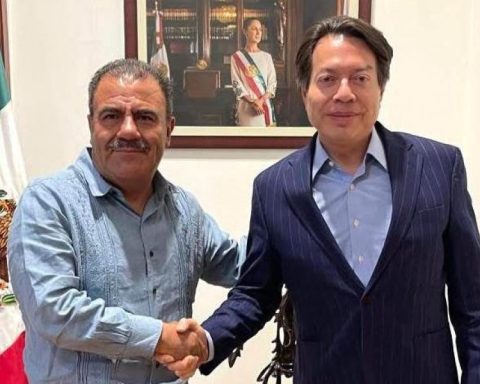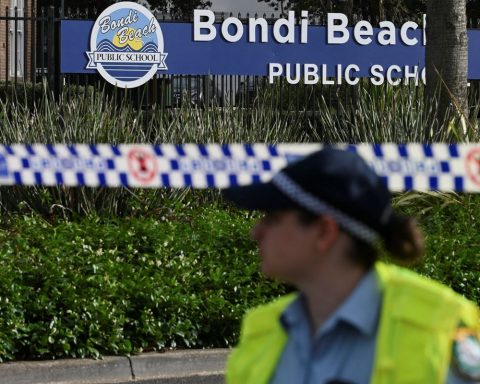However, the “peseros” instead of disappearing, were transformed by changing the “boats” or long cars for vans or combis with the same price of one peso but with the capacity to transport more people, about 16.
Thus the “peseros” or combis operated until 1987 when they changed to microbuses, small trucks with capacity for between 20 and 24 people seated, plus those who enter standing. Despite the change of vehicle, they kept the name “peseros” and the increase in the cost of the ticket over the years.
These units, mostly model 1993, still circulate in Mexico City with 17,000 units, of which the current capital government – headed by Claudia Sheinbaum – intends to achieve the scrapping of 6,000 to replace them with new trucks in concession corridors.
Why did your rate stay at six pesos?
On June 15, the rate in concession transport in Mexico City increased by one peso. Minibuses, vans and route buses are included. That is, what for decades has been called “peseros”.
The increase was granted after the carriers carried out a blockade of the main avenues on June 2. The protest, organized by the Broad Carrier Force, was based on the fact that the last ten years, the price for the trip remained at five pesos despite inflation at that time. In reality, they asked for an increase of up to 5 pesos.
At a press conference, the day the “peseros” inaugurated the rate, the Secretary of Mobility, Andrés Lajous, explained that the request for a higher increase was rejected because the change in transportation operating costs was analyzed and no evidence was found. justification for the adjustment.













